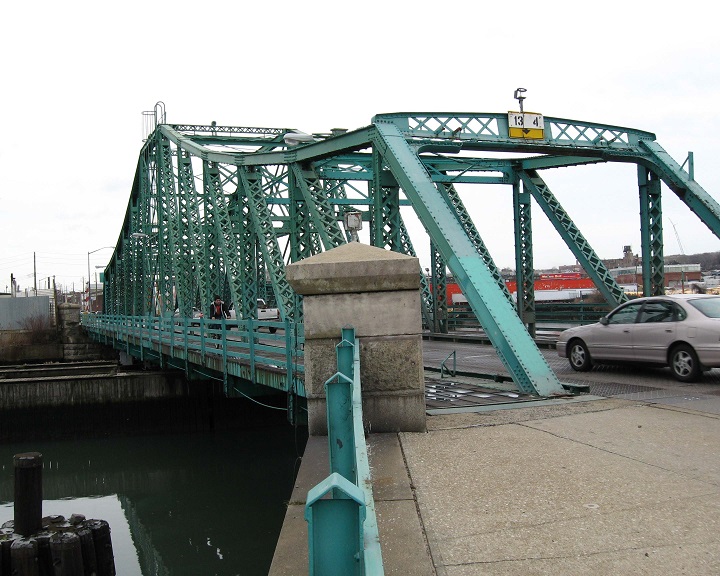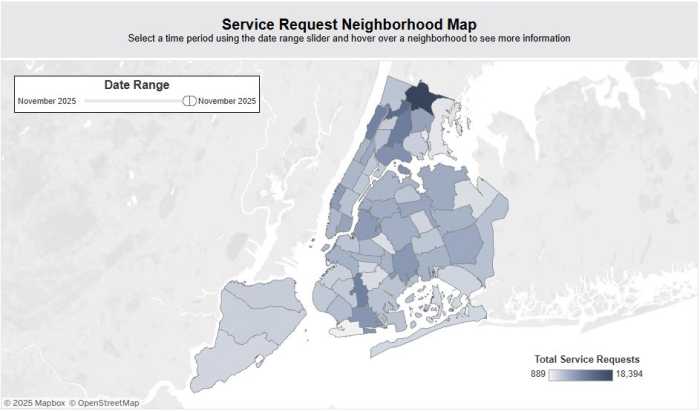Community Board 5’s Transportation Committee reveled at the announced completion date for the Grand Street Bridge replacement with the window being 2027.
Department of Transportation told CB5 representatives that the rebuild of the 115-year-old structure, which has not been moveable since around the time of Superstorm Sandy, will not go into design until 2021, and work will not even start until 2023.
“Is it gonna stand up that long?” one attendee at the meeting asked, followed by a question from CB5 Chair Vincent Arcuri as to whether or not it will be a fully operational moveable bridge.
On Jan. 22, the advisory body received notification from DOT that the agency would be securing a firm to fulfill an RFP put out in June for the replacement of the aging structure within the 90 days.
“The existing bridge does not meet current structural, seismic and geometric design standard requirements,” the RFP stated. “After over 113 years, the bridge has reached the end of [its] service life.”
The bridge was built in 1903. The push to replace the Grand Street Bridge has been 16 years in the making after the hurricane wiped out its ability to rotate, allowing larger boats to pass through Newtown Creek and connecting industrial facilities in the south end of the waterway.
The current bridge is narrow at a 19 foot, 7 inch width, which CB5 District Manager Gary Giordano gives credit to drivers who manage the tight squeeze between Maspeth and Brooklyn with few conflicts.
“It is an example of how cooperative one can be that people can stop and let another vehicle go by. I wish other drivers on other roads and bridges were as considerate these drivers are. We need more consideration on our roads and bridges,” Giordano told QNS in January.
The RFP further illustrated that the electrical components are antiquated, the fenders are deteriorated and the structural state of the bridge is not up to task for its current workload. Contractors awarded the contract will be required to provide a replacement with a minimum 75-year lifespan.
Although in the first decade of the bridge’s service it was heavily utilized, opening 5,000 times in 1918 alone, it has not been recorded to have done this since 2012.
Average clearance for boats to pass under the bridge is 9 feet, according to Giordano. But high tide is the only they are able to since low tide makes the creek much too shallow.
The project is to be funded in its entirety by the U.S. Department of Transportation Federal Highway Administration, and the original envelope was to see completion by 2026.
On two occasions in September and October 2018, the bridge was completely closed for repairs to the steel grating. Diagonal bracing work also shut down the bridge more recently.



































